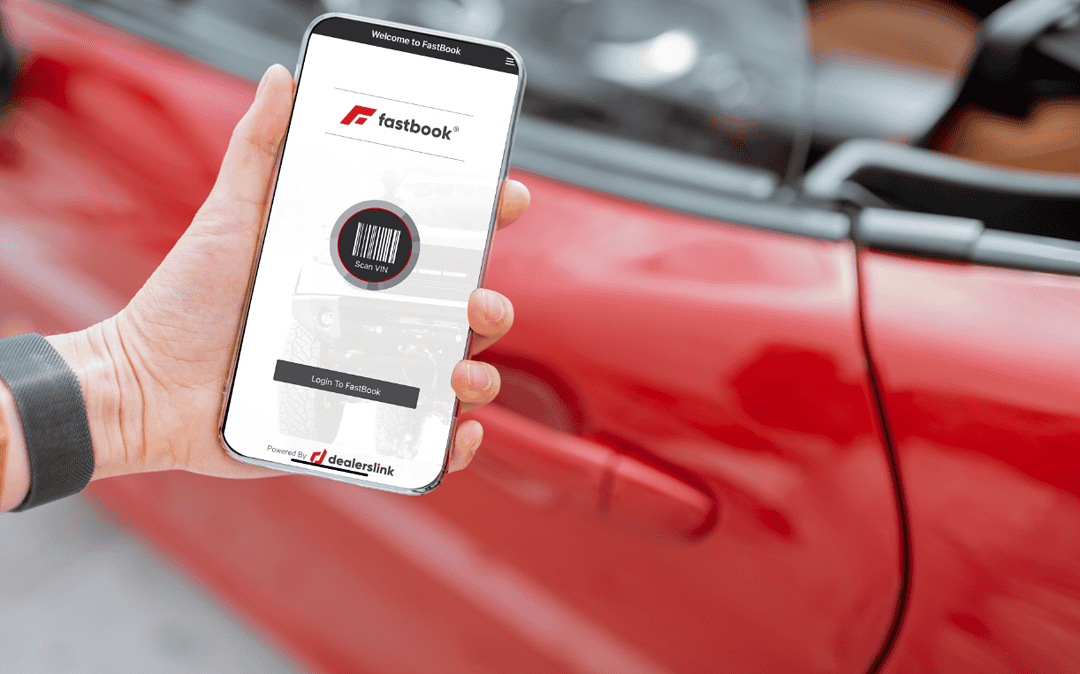Dealerships constantly navigate through shifting market trends and consumer demands. One such trend that has emerged strongly recently is the surge in new inventory levels and the subsequent rise in rebates and incentives. While these incentives can attract customers and boost sales, they can also impact dealerships’ profit margins.
Understanding the Current Landscape
In recent months, the automotive industry has witnessed a notable shift in inventory dynamics. According to J.D. Power, the average incentive spending by automakers per vehicle has nearly doubled from the previous year, reaching $1,888 in July. This surge is a response to the rising inventory levels of new vehicles on dealer lots or in transit, which increased by a staggering 73% year-over-year by the beginning of June. These levels are the highest since April 2021, indicating a substantial rebound from the inventory shortages experienced in the past.
This positive trend is further reinforced by the increase in “total sales of new cars, SUVs, vans, and pickup trucks in Q2 by all automakers, jumping by 17.5% year-over-year to 4.10 million vehicles” reported by Wolf Street. The industry is pacing for an impressive 16 million new car sales this year, suggesting a promising year for dealerships.
Navigating the Return of Incentives
While the resurgence of incentives is a favorable development for attracting buyers, dealerships need to approach this trend strategically. It’s essential to strike a balance between offering attractive deals to customers and ensuring healthy profit margins. As incentives return and potentially lead to a drop in new car prices, dealerships must pay close attention to their pricing strategies.
To remain competitive without compromising profitability, dealerships should prioritize updating their dealer websites and pricing information on third-party platforms. Ensuring that these platforms reflect accurate and up-to-date incentive amounts can give dealerships a competitive edge. By displaying the most attractive deals, dealerships can attract price-sensitive consumers while still safeguarding their profit margins.
The Importance of Pricing Strategy
In the current landscape, pricing strategy is crucial for maintaining profitability. Dealerships should analyze market trends, competitor pricing, and customer preferences to determine the optimal pricing points for their vehicles. Strategic pricing allows dealerships to capture a larger share of the market while ensuring that the incentives offered align with their financial goals.
Moreover, dealerships should consider implementing automatic incentive configurations. This not only streamlines the process but also ensures consistency across different platforms. By working closely with performance managers, dealerships can set up these automatic incentives to reflect accurate pricing and discounts. This proactive approach can give dealerships a competitive advantage, positioning them as leaders in their market.
The SAAR Factor
Understanding the concept of Seasonally Adjusted Annual Rate (SAAR) is crucial for gauging market performance. The industry term refers to the annual sales rate of new car sales, offering insights into overall market health. As dealerships gear up for an estimated “16.0 million units, up 2.6 million units from July 2022” according to J.D.Power, they can align their strategies to cater to this demand. This positive SAAR underscores the potential for growth and profitability in the industry.
As the automotive industry experiences a resurgence in new inventory levels and incentives, dealerships must adopt a strategic mindset to navigate this evolving landscape. Balancing attractive incentives with profitability is key to sustained success. By updating online platforms, optimizing pricing strategies, and embracing automatic incentives, dealerships can position themselves as frontrunners in their market while capitalizing on the projected 15 million new car sales this year. Embracing these strategies can empower dealerships to thrive amid changing market dynamics and achieve remarkable success.











